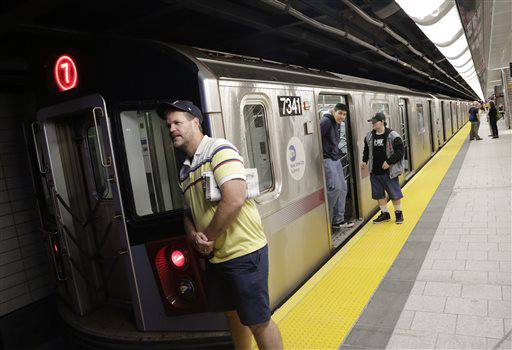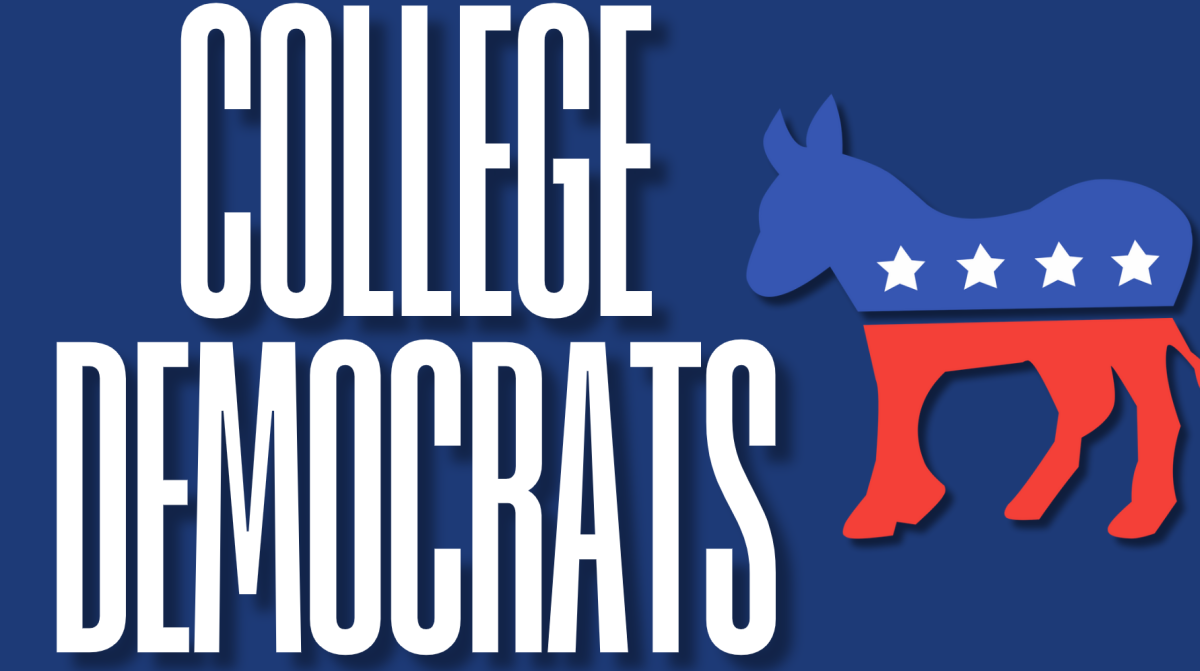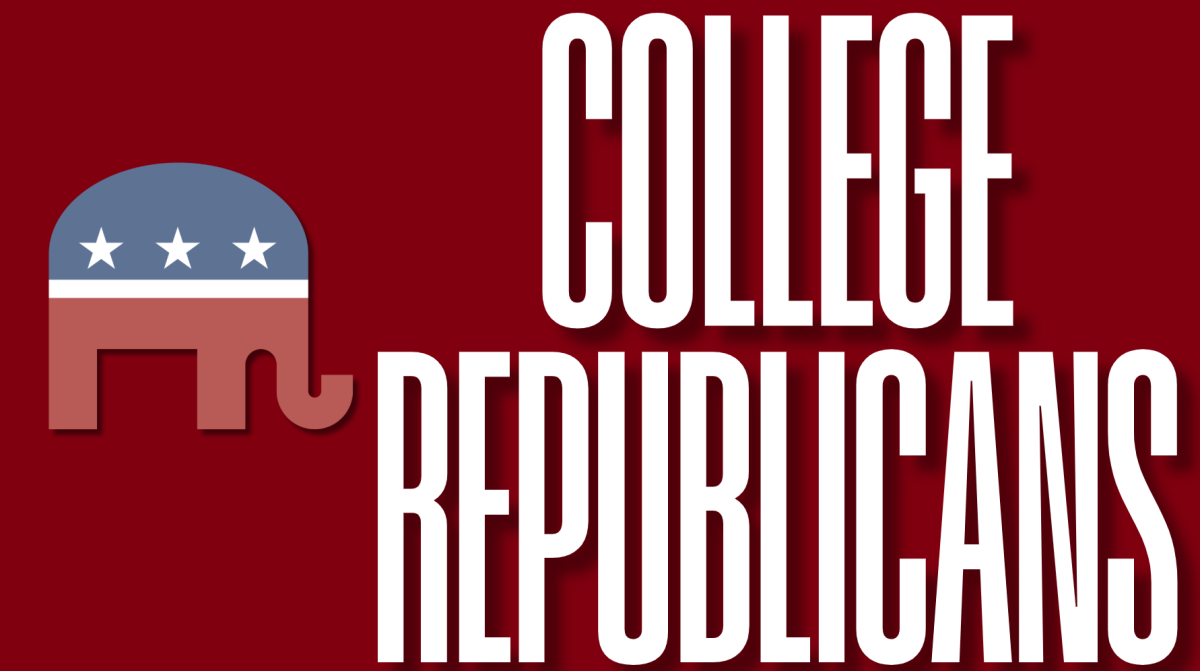By Andrew Santis

My relationship with the New York City subway is, well, complicated, but it is the 7 train in particular with which I have a love-hate relationship.
I am from Flushing, Queens, and I have patronized the 7 train for the past 20 years of my life. The 7 train has been my go-to ride to get to the city, doctor appointments, parties, my internship and even college. Just like the D is Fordham’s line, the 7 is my line.
The 7 train was in the spotlight recently when its new terminal at 34th Street and 11th Avenue opened almost two weeks ago. The 1.5 mile extension of the line, which cost $2.4 billion, was seven years in the making, and was greeted with fanfare and excitement from many New Yorkers.
Except from me. I strongly believe that the opening of the new station was too premature.
You see, the 7 line was extended because of the Far West Side development project. When the Hudson Yards area is completed in 2018, the 7 line will serve as a connection to the rest of Manhattan. As of today that neighborhood does not yet exist, so technically, the Hudson Yards station is unnecessary.
More importantly, the Metropolitan Transportation Authority (MTA) should have focused on improving the 7 train service and infrastructure first, especially since the agency expects the new station to become the busiest single station in the system.
Currently, the 7 line is severely impacted by subpar service, decaying infrastructure and increased ridership. Anyone who has taken the 7 train before will know what I am talking about. The AM rush hour on weekdays can be a nightmare: there are never trains ready to depart from Flushing-Main Street, express trains magically become local trains, delays always occur at Mets-Willets Point and trains do not run frequently at all. The PM rush hour is not any better.
The 7 train platform at Times Square-42nd Street, the busiest station in the entire system, overflows with people on a daily basis. By the time trains reach stations like Grand Central or Queensboro Plaza, there is no room for passengers to even squeeze into a car. Do not get me started on the weekend service changes for the never-ending “improvements.”
On top of the service struggles, a study published last week by the Citizens Budget Commission found that the 7 train’s 52nd Street — Lincoln Avenue station in Woodside was the worst station in the system with 79 percent of its structural components in bad shape. An additional 37 percent of the 7 train’s other twenty stations were not in a “state of good repair.”
Ridership is also up across the line, specifically in Long Island City, another one of New York’s up-and-coming neighborhoods. There, two stations experienced double digit increases in ridership between 2013 and 2014.
Keeping all of this in mind, my question to the MTA is: Can the 7 train handle additional riders from the 34th Street-Hudson Yards station?
The 7 train is not the only line in the system that could use some help from the MTA. The C train is consistently ranked as the worst subway line. It needs to replace its fleet of tin-can subway cars from the 1980s, paint the elevated tracks in the Bronx where the 2 and 5 trains run, repair tracks in order to avoid more subway and commuter train derailments, update the Long Island Railroad’s antiquated signal system (which has caused headaches at Jamaica station and the East River Tunnel) and provide countdown clocks on all of the lettered subway lines. Now is not the time to be opening up climate-controlled stations with digital advertisements.
The MTA needs to get its priorities straight and focus on modernizing the city’s transit system instead of trying to complete ambitious, costly and delay-causing projects, like East Side Access or the 2nd Avenue subway. The authority needs to address the system’s issues now and not push them off to the side.
Here is to hoping the MTA can get its act together for once and actually do something about its decrepit system before it opens station number five hundred.














































































































































































































